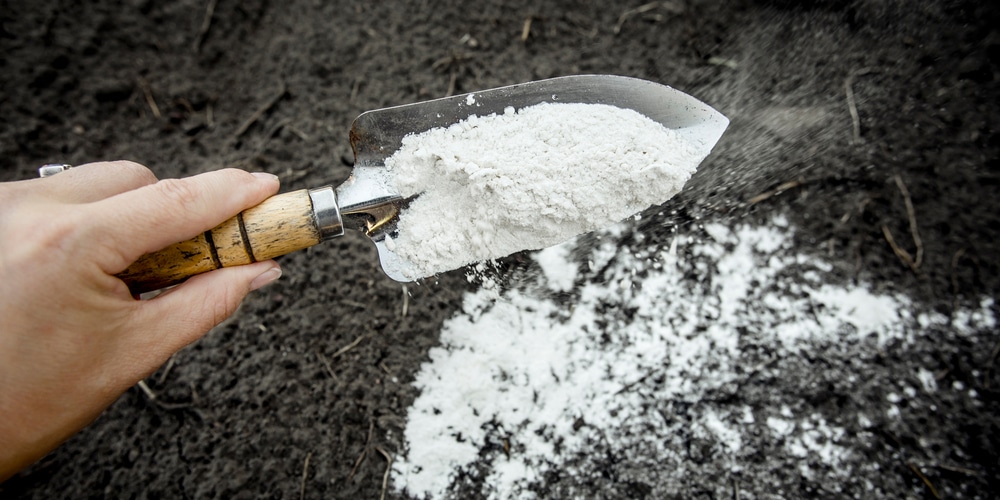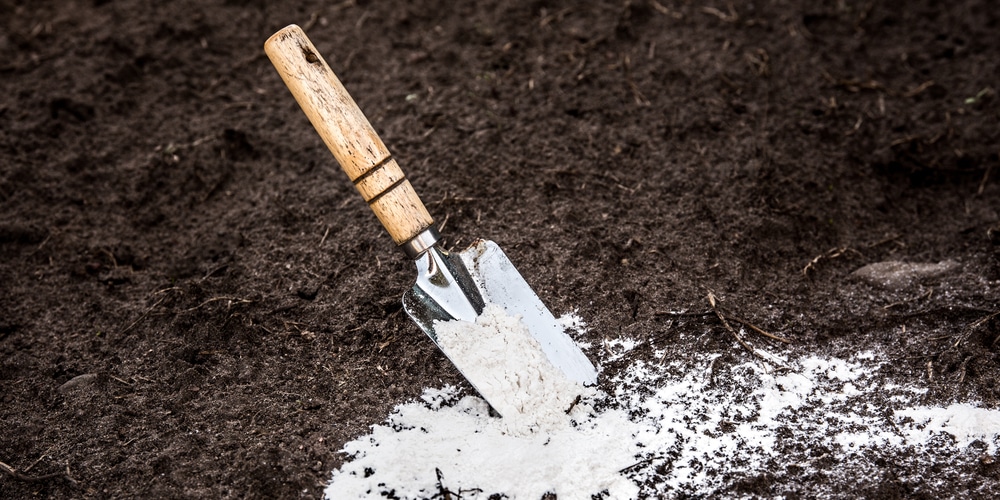Lime is a readily available soil amendment that provides many benefits to your yard. It can be used as a fertilizer or to add nutrients to poor-quality soils. It’s beneficial for plants, shrubs, trees, and grasses.
The primary function of lime in grass and plant life is to help balance the pH levels in the soil, which will aid nutrient intake necessary for healthy growth. Lime contains calcium, magnesium, phosphorus, potassium, and sulfur. Applying lime to your yard will bring many benefits. Let’s look at what lime does for your yard.
What does lime do for your yard?
Applying lime to your lawn’s soil will improve drainage by neutralizing acidic elements that prevent water from percolating into the ground. This can be especially helpful if you live in an area where heavy rains wash away nutrients and minerals regularly.
Lime also helps enhance root development by allowing them access to essential nutrients such as magnesium and calcium. This will enable grasses and plants to develop stronger and deeper root systems, making your grass look greener. Having strong, healthy grass also has many benefits and will mean that your lawn will be more likely to survive a drought. Healthy grass is also more pest-resistant.
Lime helps to reduce the acidity of the soil, which can help to minimize weeds. Many species of weeds thrive in soil that’s acidic; improving the soil quality will mean that grass is thicker and healthier, making it more able to crowd out weeds. Thatching is less likely on healthy lawns that have had lime applied. Thatch stops water and nutrients from reaching the grasses roots, so it’s a wise idea to limit the build-up of thatch.
Lime will also help to improve the soil quality, which promotes micro-organism activity.
Lime can also be used for an area that you are seeding or overseeding. You can apply lime to the soil, then wait about two months for it to be adequately absorbed before planting grass seed. The soil quality will have improved, and this will give the young grass seedlings a better start.
Be careful not to over lime a yard. It can do more harm than good.
How to tell if a lawn needs lime
One of the best ways to decide whether or not to apply lime to your lawn is to do a pH soil test. This will tell you whether the soil is too acidic. Grass needs a pH range of between 5.8 and 7.0 to thrive. If the pH is lower than 5.0, the soil is too acidic. Lime will help improve the soil’s PH. Here are some other signs that your lawn would benefit from having lime applied:
- The grass has started to turn yellow.
- There are a large number of weeds on your lawn.
- The lawn is chocked up with moss.
- It takes a long time for your lawn to recover after a drought.
- Fertilizers, pesticides, and weed killers aren’t very effective.
Using Lime on your lawn
To improve the soil pH level, apply lime at a ratio of 4 pounds per 1,000 square feet. This should be done in the early spring or summer. Use a broadcast spreader to cover all areas of your lawn when the grass is actively growing. Alternatively, buy lime in a pelleted form, as this may be easier to spread.
It’s a good idea to test the pH range of your soil before applying lime. You only need to use lime to improve soil quality if the pH is too acidic. Lime comes in different forms, the most common being dolomite or calcite lime. These products can be purchased at your local nursery and are relatively cheap.
Before applying any type of liming material, always read through the manufacturer’s label first, as they each have unique properties and recommendations for use.
Conclusion
Lime is often described as being a miracle product that has many benefits for lawns. It’s great for people who are looking for an environmentally friendly option.
Lime helps to improve the strength and health of lawns, promotes growth, and makes the grass look greener. It can also be applied to plants and trees or any areas with poor quality, acidic soil. A healthy lawn will be more resistant to weeds, less likely to thatch, and improved soil quality will also promote micro-organism activity.

